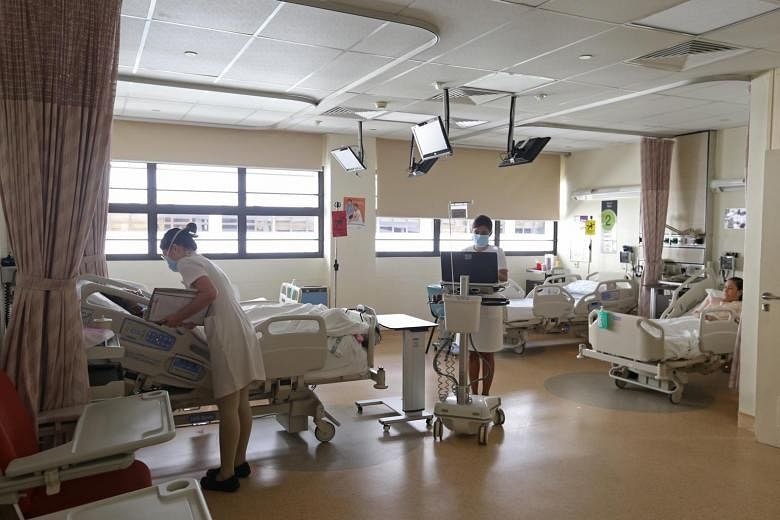There is a persuasive case for developing Singapore into a healthcare services hub in Asia, as outlined by economic committees in the past. Going by any SWOT analysis - to audit its strengths, weaknesses, opportunities and threats - the city-state has what it takes to lead in offering one of the most efficient healthcare systems anywhere, and in delivering good healthcare outcomes. Of course, that means that all parts of the system must excel. For example, Singapore's blood supply ranks among the safest in the world.
Recognising the potential of medical tourism, others in the region, too, have developed their health infrastructure and attracted growing numbers of foreign patients, by marketing themselves as a cheaper option. Singapore should be worried by such developments because there is a statistically significant link between higher patient volume and better health outcomes. A broader profile of patients can help the Republic develop medical expertise, undertake biomedical research and gain a reputation for innovation. Local hospitals need "far more patients with certain selected diseases than Singapore's modest domestic population could ever provide", as an Oliver Wyman management consultant put it.
The nation's focus, however, has been on the growing health needs of an ageing population, new hospitals and other health facilities, recruitment of more health workers, greater use of technology, and management of health costs. Local patients come first, but the health sector should also serve international patients. Drawn to Singapore because of the holistic quality of the medical care that it offers, the latter are prepared to pay top dollar for services. If one adopts a parochial view of patients who are treated here, professional competence might suffer - for example, when teams deal with only narrow classes of diseases and are ill-equipped to handle less common conditions. Everyone benefits when an international outlook is adopted. Doctors, nurses and other professionals who have been trained in centres of excellence around the world would help ensure that local hospitals are staffed with world-class teams.
As costs are a crucial determinant of consumer choice, healthcare services ought to tap technology wherever possible to promote cost-efficiency. The health ecosystem might offer advanced features and high standards of medical safety, but if high-tech treatment leads to runaway costs, the sector will not be competitive vis-a-vis regional rivals. Peripherals to lure medical tourists, like a range of comforts to suit different cultures, might act as sweeteners, but ultimately what matters are reliable health outcomes and efficiency. As this Singapore model is increasingly replicated by other countries, local healthcare institutions must keep innovating to ensure they can stay one step ahead of the competition.

